Vintage Royal Doulton Bunnykins dishes are not safe for children to use. This dish tested positive for 80,000 ppm Lead and 1,916 ppm Arsenic (90 ppm Lead and up is unsafe by modern standards).
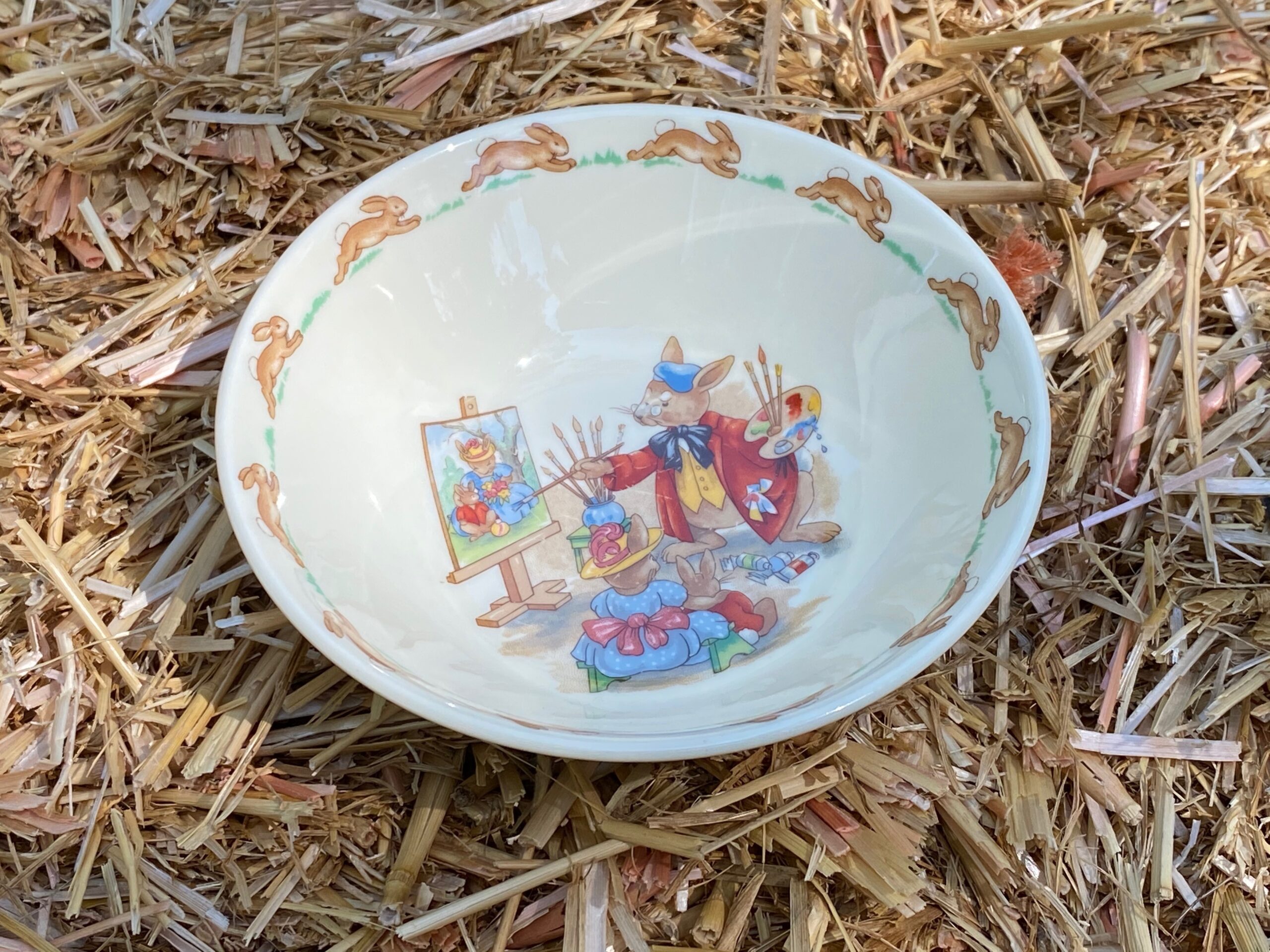

 Published: Saturday, October 10, 2020
Published: Saturday, October 10, 2020
Updated: September 2022
Vintage Bunnykins dishes (manufactured in England by Royal Doulton) ARE NOT SAFE FOR FOOD USE — and especially not safe for children to use with food! For context: Anything manufactured today with levels of 90 ppm Lead (or higher) in the paint, glaze, or coating of the item is considered illegal in the United States if it is an item that is intended for use by children. Continue reading for more information and background about this issue.
Section #1) Below are the full XRF test results for the Bunnykins artist pattern bowl pictured here
Reading #1) Center of the bowl’s food surface:
60-second reading
- Lead (Pb): 80,000 +/- 4,200 ppm
- Arsenic (As): 1,847 +/- 544 ppm
- Barium (Ba): 1,598 +/- 448 ppm
- Chromium (Cr): 1,809 +/- 197 ppm
- Antimony (Sb): 295 +/- 111 ppm
- Tin (Sn): 424 +/- 87 ppm
- Zinc (Zn): 1,306 +/- 115 ppm
- Iron (Fe): 1,985 +/- 242 ppm
- Titanium (Ti): 666 +/- 224 ppm
- Chlorine (Cl): 9,336 +/- 3,110 ppm
Reading #2) Area on the food surface without design (plain cream background of the food surface):
30-second reading
- Lead (Pb): 57,200 +/- 2,700 ppm
- Arsenic (As): 1,916 +/- 420 ppm
- Barium (Ba): 1,549 +/- 421 ppm
- Zinc (Zn): 104 +/- 45 ppm
- Iron (Fe): 726 +/- 145 ppm
Section #2) Some background on Bunnykins & Royal Doulton dishes
First it is important to note that the Bunnykins dishes are made by Royal Doulton. Consumers have a false sense of confidence that these popular children’s dishes are “safe” or “heirloom quality” because they were manufactured by a reputable company from England.
Unfortunately, products “Made in England” coming from a company that is “well-known” does not constitute a set of criteria that ensures dishes are safe dishes by modern standards. In fact, the opposite is often true: Most of the vintage English china we have tested has been positive for extremely high levels of Lead (and other toxic heavy metals) on the food surface. Royal Doulton is a particularly egregious offender in this area, as the following examples demonstrate (each example noted below is a link to an article with full XRF test results for that item; the year of manufacture is noted when the owner has provided that information, as the manufacture date is not printed on these dishes):
- 1980s Royal Doulton Romance Collection Carolyn Pattern: 66,500 ppm Lead on the food surface
- Royal Doulton Carlyle Pattern English Fine Bone China: 70,900 ppm Lead on the food surface
- Royal Doulton Cinnamon Pattern Lambeth Stoneware: 65,500 ppm Lead on the food surface
- Royal Doulton Angelique Pattern Fine Bone China: 56,900 ppm Lead on the food surface
- 1980 Royal Doulton Lambethware Florida Pattern Stoneware: 39,800 ppm Lead on the food surface
Section #3) What is”Vintage“
Given that the height of popularity for these dishes appears to have been in the ’70s and ’80s, it is important to clearly address the scope of concern and the reason for using the word “vintage” in the context of these dishes. Specifically, “vintage” (from a collector’s standpoint) refers to anything 20 years old or older. Now, if you were born in 1989 and had these dishes when you were a baby, you might not consider them vintage — but they are.
We — at Lead Safe Mama, LLC — have not yet determined (based on the testing we have performed) which years of manufacture (if any) of this product may be safe (every example of Royal Doulton Bunnykins dishes we have tested to date has been positive for unsafe levels of Lead). We have, however, confirmed that examples from the 1960s, 1970s, and 1980s (through 1989) are definitely unsafe by modern standards. There is some difficulty in pinpointing this date range, as the exact year of manufacture is not listed on each piece, but we have been able to date many of the pieces we have tested by referencing websites that track the changes in backmarks on the back of the dishes, as well as by using anecdotal information from those who own the pieces tested. (Almost all pieces tested and reported here on LeadSafeMama.com are sent in by readers — you can learn more about how that works at this link. Read on here to learn more about our unique business model.)
The new federal law (in the United States) that required children’s products to be Lead-safe (with Lead levels required to be below 90 ppm in the paint, glaze, or coating of an item) was passed in 2008. Some manufacturing sectors (depending on the product type and materials used) had until 2011 to be in full compliance with that law. As a result, we know for certain that post-2011 baby products (including dishware made for babies) should* be safe from a Lead perspective at least.
Section #4) But why is this a problem? Didn’t these pass leach-testing and/or meet manufacturing standards when they were made?
In response to the above common questions (questions that often arise when one brings up the Lead levels in popular cherished dishware patterns), there are two basic answers:
- Manufacturing standards have changed over the decades (becoming more strict over time, specifically when it comes to dishes or other items intended for use by children). The common refrain from manufacturers when they are approached with these concerns (“we have always met all manufacturing standards at the time of manufacture of any of our products over the decades”) is truly a greenwashing/ irrelevant statement used as boilerplate “C.Y.A.” by nearly every manufacturer of vintage goods that has responded to the testing shared on this website — here’s one example. One notable exception to this is Fisher Price, a company that has heroically gone above and beyond by publicly stating that their vintage children’s items should not be used by children today, as the safety standards have changed over the decades (link with more details on that here).
- Manufacturing standards were, in reality, never actually good enough to begin with. Leach-testing standards for dishware only ever evaluated (and still today only evaluate) whether or not the dishes are actively leaching toxic heavy metals contained in the glaze (like Lead and Arsenic) at the time of manufacture. Leach testing standards have never taken into account what happens to the Lead in the surface glaze of an item years or decades after manufacture — after years (or decades) of regular daily use. The surface glaze becomes especially vulnerable to leaching when used with hot or acidic foods and becomes compromised from frequent heating in a microwave, washing in a dishwasher, or even hand-washing with abrasive sponges. Age alone can cause natural deterioration of a Leaded surface glaze, so please don’t feel you might be protected from exposure because your dish was “lightly-used.” You can read more about this concern at this link.
It would be really great if the new attention on this issue could generate a public statement from Royal Doulton similar to the statement issued by Fisher Price — letting the public know that their vintage dishware is not safe for children to use… however, I do not expect that to happen.
Section #5) Eight examples of toxic Bunnykins dishware
Below are links to seven other articles (in addition to this one) with Bunnykins test results we’ve published here on the website:
- Bunnykins with raft design: 93,600 ppm Lead on the food surface
- 1976 Bunnykins with postal box/ mail man design: 77.900 ppm Lead on the food surface
- 1976 Bunnykins bowl with raft design: 59,000 ppm Lead on the food surface
- 1976 Bunnkyins baby mug with beach design: 40,200 ppm Lead on the food surface (cream-colored interior)
- 1967-1976 Bunnykins straight-edge bowl with cottage design (children playing): 61,800 ppm Lead on the food surface
- 1988 Bunnykins straight-edge bowl with baby’s nursery design: 10,800 ppm Lead on the food surface
- 1970s full baby dish set with knitting a blanket design: 73,800 ppm Lead on the food surface
In light of the fact that there has been no public statement from Royal Doulton on this issue, the Lead Safe Mama Bunnykins pieces (linked above — each with different designs/ products from different years) are vitally important to share (with your friends and family, especially those of you who have babies or young children in your lives) to raise awareness and protect children from potential Lead poisoning.
These dishes should never be used for food, and especially never used by children — not only because they would be illegal if manufactured today, but also because the high-Lead decorative glaze has been demonstrated (by the work here at Lead Safe Mama, LLC, as shown by the eight examples of these products with test results published on the site) to be on the food surface AND to wear with use. (If you examine ANY example of these bowls, which has been put into service for daily use vs. one that has been solely stored on a shelf for decoration, you will see significant wear of the high-Lead decorative glazes on the food surface.) It only takes a microscopic amount of Lead to poison a child (literally an amount that cannot be seen with the naked eye — read more about that here), so when visible amounts of Leaded glaze are missing from the decor on the food surface of a piece, it is already too late; a user has most likely been impacted by the toxicants in the glaze of that piece. The image below is a good example of a Bunnykins dish with significant visible wear. Continue reading below the image.
Sharing this information (that these dishes test positive for high levels — by all modern standards — of Lead, Arsenic, and other toxic heavy metals) will help keep these dishes out of the hands of a new generation of babies and small children. It seems that nearly everyone of a certain age (especially young parents now in their 30’s and 40’s) still has (or used to have) these dishes — or the very similar Beatrix Potter ones that are equally toxic! Plus, the people who have them often let their children use them (as they have expressly, intentionally — out of nostalgia — saved them from their childhood for their children or grandchildren to use)!
Section #6) One personal story (which may or may not be relevant)
A friend of mine who had these dishes and used them daily as a child (letting her children use them for their daily dishes, too, until I visited her home and alerted her to the concern) died of breast cancer in the summer of 2020 — at just 40 years of age (leaving behind two very young children). While there is not yet a definitive link (officially) to early-childhood Lead-exposure and cancer later in life, we do now know that Lead causes a compromised immune system and we also know that cancer takes hold in people who have compromised immune systems.
We cannot say for sure whether these dishes contributed to my friend’s cancer, but we can say that eating off these as a young child may have impacted her health — and in a #KnowBetterDoBetter situation (#FirstDoNoHarm), it is better to remove all known potential sources of heavy metal poisoning from our lives than to hold onto one or more for nostalgia’s sake.
Section #7) In conclusion (“What should I do with these dishes if I have them?”)
Lead Safe Mama, LLC’s position is that any potential exposure to Lead is really not worth the risk, given science has established the following:
- There is no safe level of Lead exposure for a child
- The body burden of Lead is cumulative (scientists have asserted that “90% of the Lead we have ever been exposed to via ingestion or inhalation is still in our bodies.”)
It’s especially not worth the risk with Lead levels as high as this Bunnykins dish (and the fact that it is a ceramic baby dish means folks might typically use it with hot and acidic dishes, like oatmeal, spaghetti, and soup)!
Lead-free modern dishes (that are in full compliance with current regulatory standards for the presence of toxicants like Lead, Cadmium, and Arsenic) are readily available — and at all price levels. In spite of historic transgressions in this area by most of the major china brands across the price spectrum (Tiffany & Co., Wedgwood, Royal Doulton, Crate & Barrel, etc.), if a modern dish has been made for use by children (by a known brand), it will likely test negative for Lead, Arsenic, Antimony, Cadmium, and Mercury.
The best option for consumers — you — to help make a difference on this issue from an advocacy standpoint (if you own the vintage version of these dishes) would be to contact Royal Doulton and ask for a refund, or a replacement with a modern Lead-free version of this product. If hundreds or thousands (or more) of consumers express their outrage in this way, there’s a chance Royal Doulton may issue a public statement acknowledging the fact that these dishes are hazardous and should not be used by children. In doing so, they would be seen as being accountable, responsible, and demonstrating integrity — and may even increase brand loyalty!
Aside from exchanging the vintage product for new safer choices (given the real possibility this information — that these Bunnykins dishes contain high levels of toxic heavy metals —could, realistically, be effectively “lost” to future generations of parents), I would actually recommend destroying these dishes (putting them in a sealed plastic freezer bag, and smashing them into your household trash) so they cannot be accidentally used for food purposes ever again by your — or anyone’s — children, grandchildren, or great-grandchildren. This article discusses options for disposal. (The piece also offers other considerations in response to the question “I have these dishes, what should I do with them?”)
Tamara Rubin
Owner — Lead Safe Mama, LLC
#LeadSafeMama
See additional images of the dish tested below.
For those new to this website:
Tamara Rubin is a multiple-federal-award-winning independent advocate for childhood Lead poisoning prevention and consumer goods safety, and a documentary filmmaker. She is also a mother of Lead-poisoned children (two of her sons were acutely Lead-poisoned in 2005). Since 2009, Tamara has been using XRF technology (a scientific method used by the U.S. Consumer Product Safety Commission) to test consumer goods for toxicants (specifically heavy metals — including Lead, Cadmium, Mercury, Antimony, and Arsenic). All test results reported on this website are science-based, accurate, and replicable. Items are tested multiple times to confirm the test results for each component tested. Tamara’s work was featured in Consumer Reports Magazine in February of 2023 (March 2023 print edition).
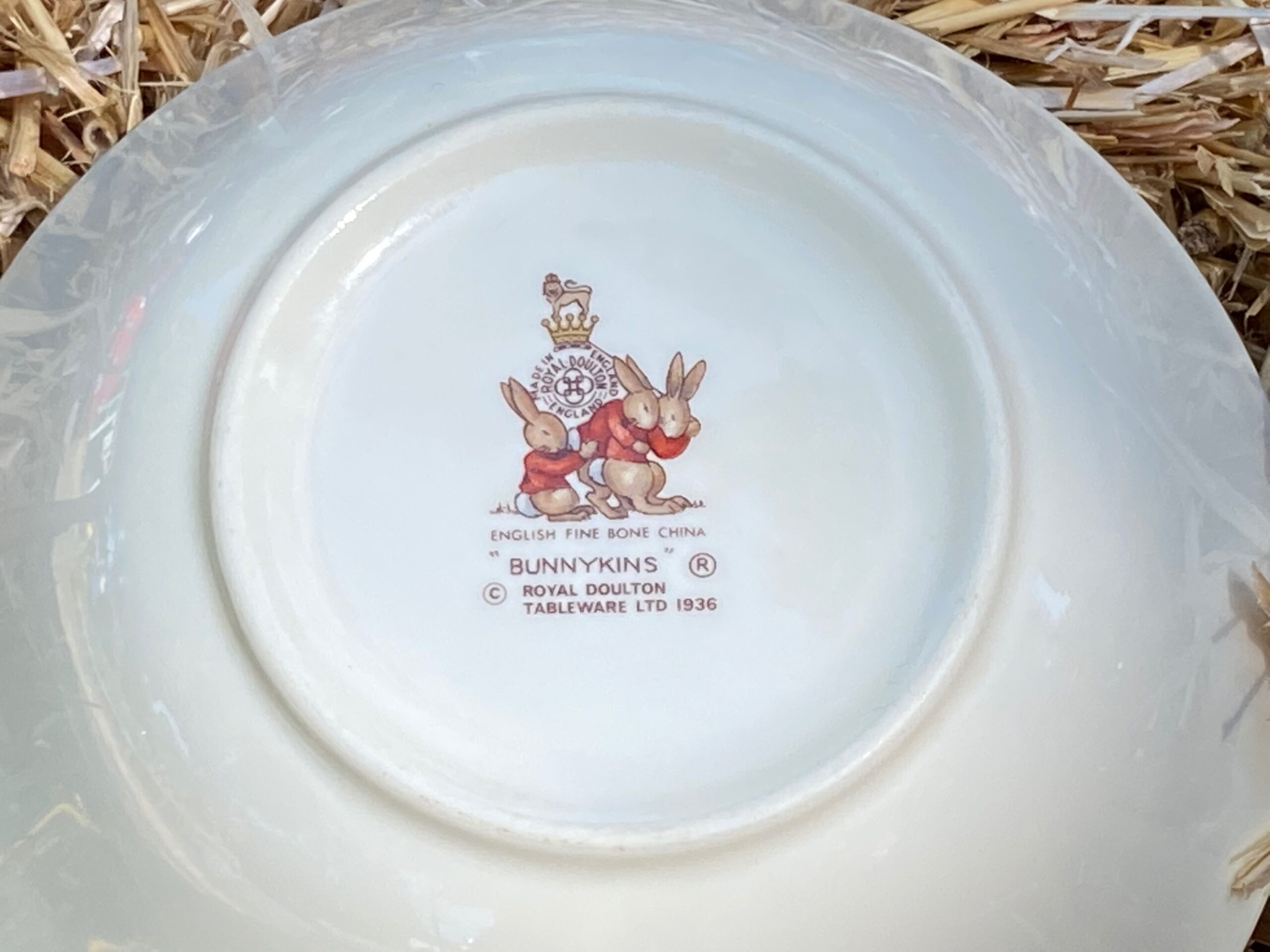
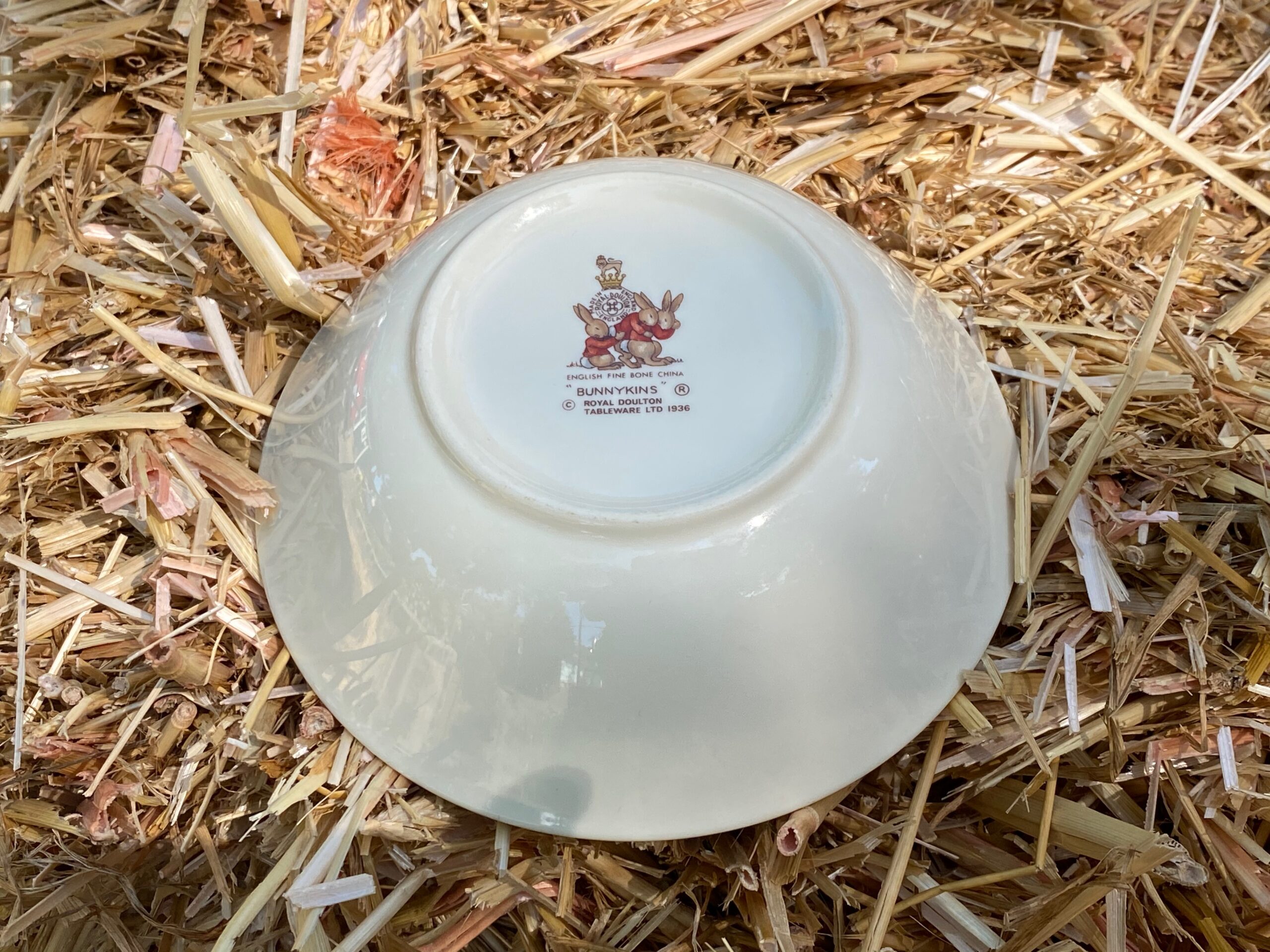
Never Miss an Important Article Again!
Join our Email List









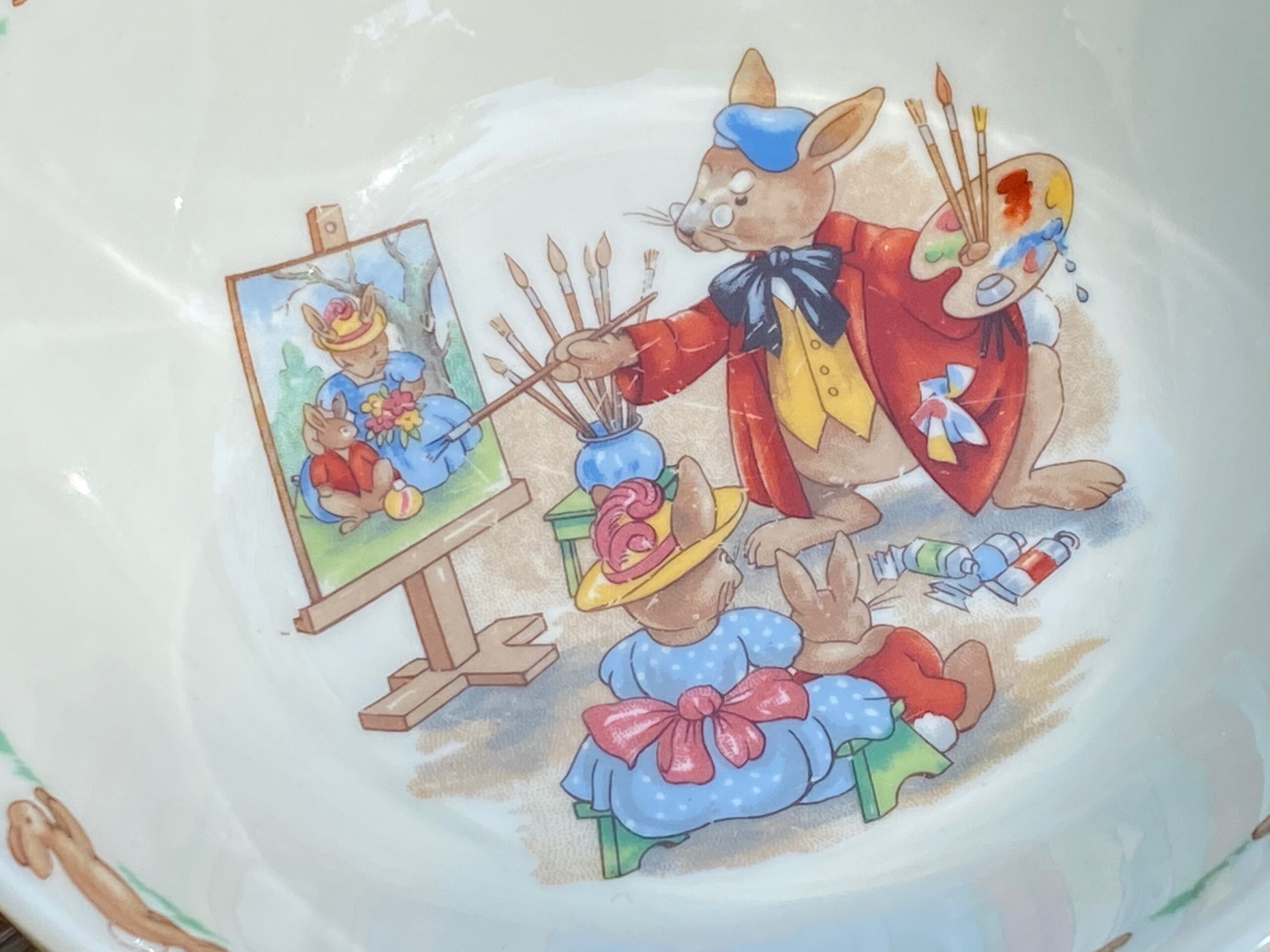
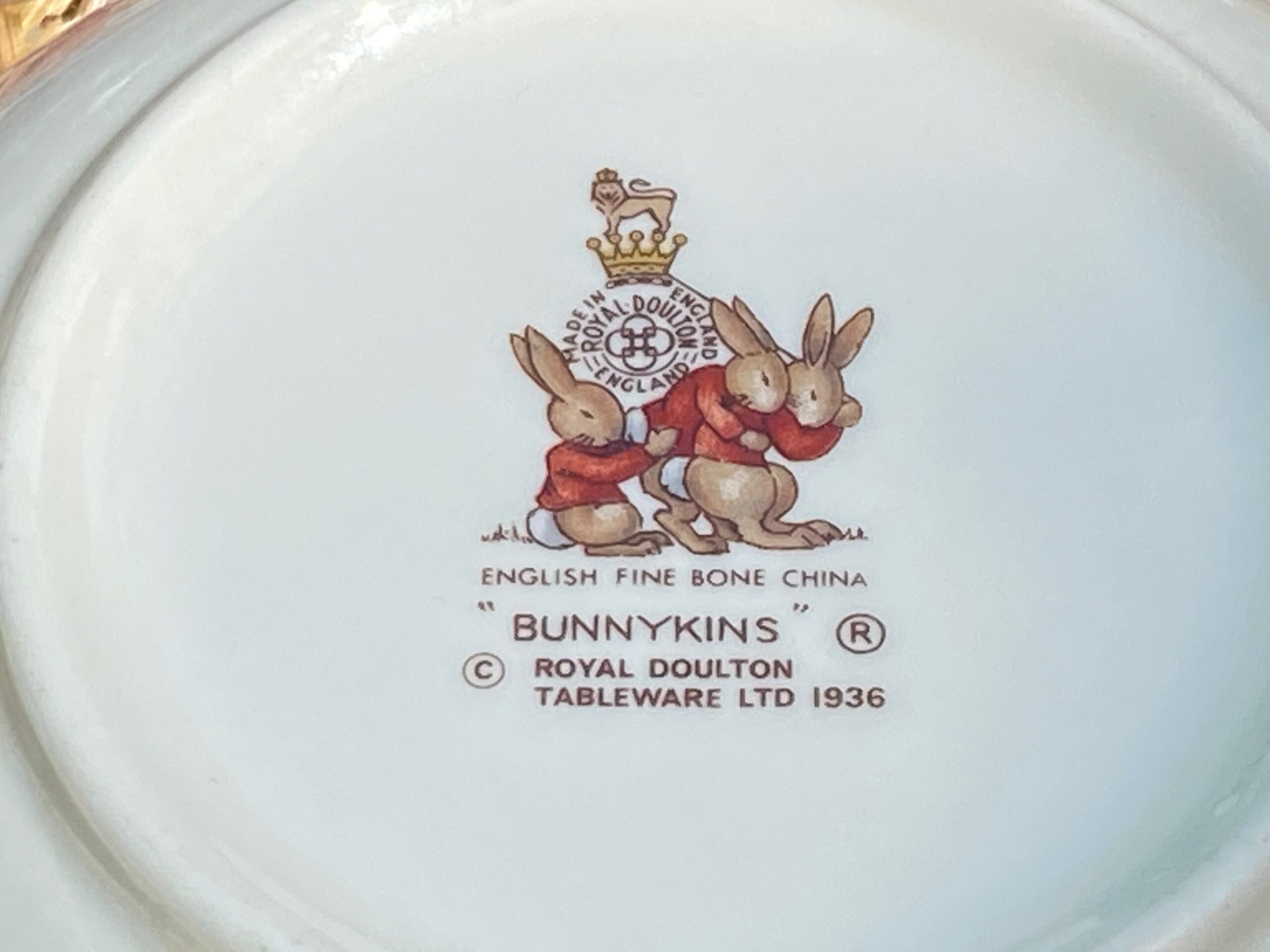
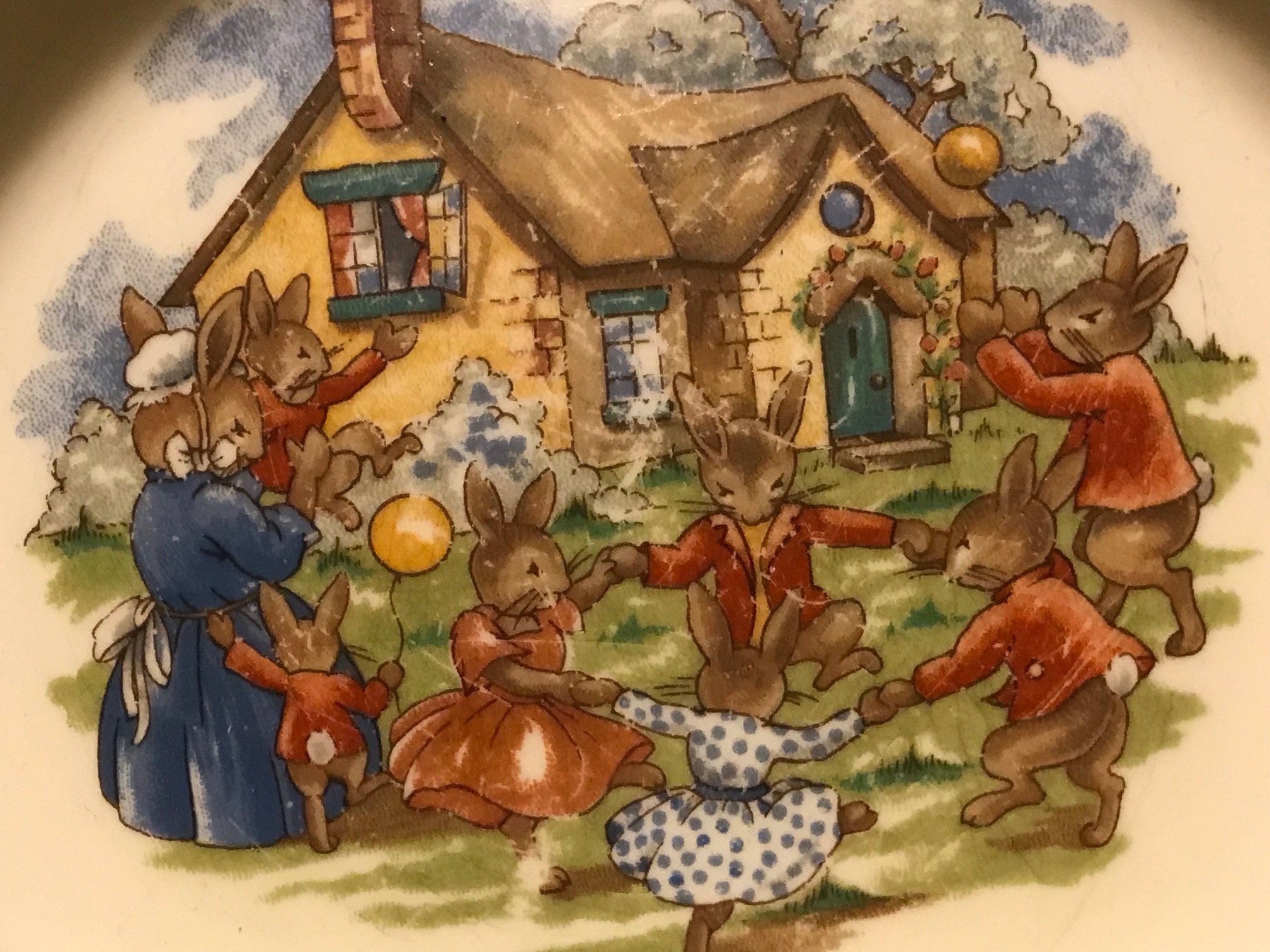
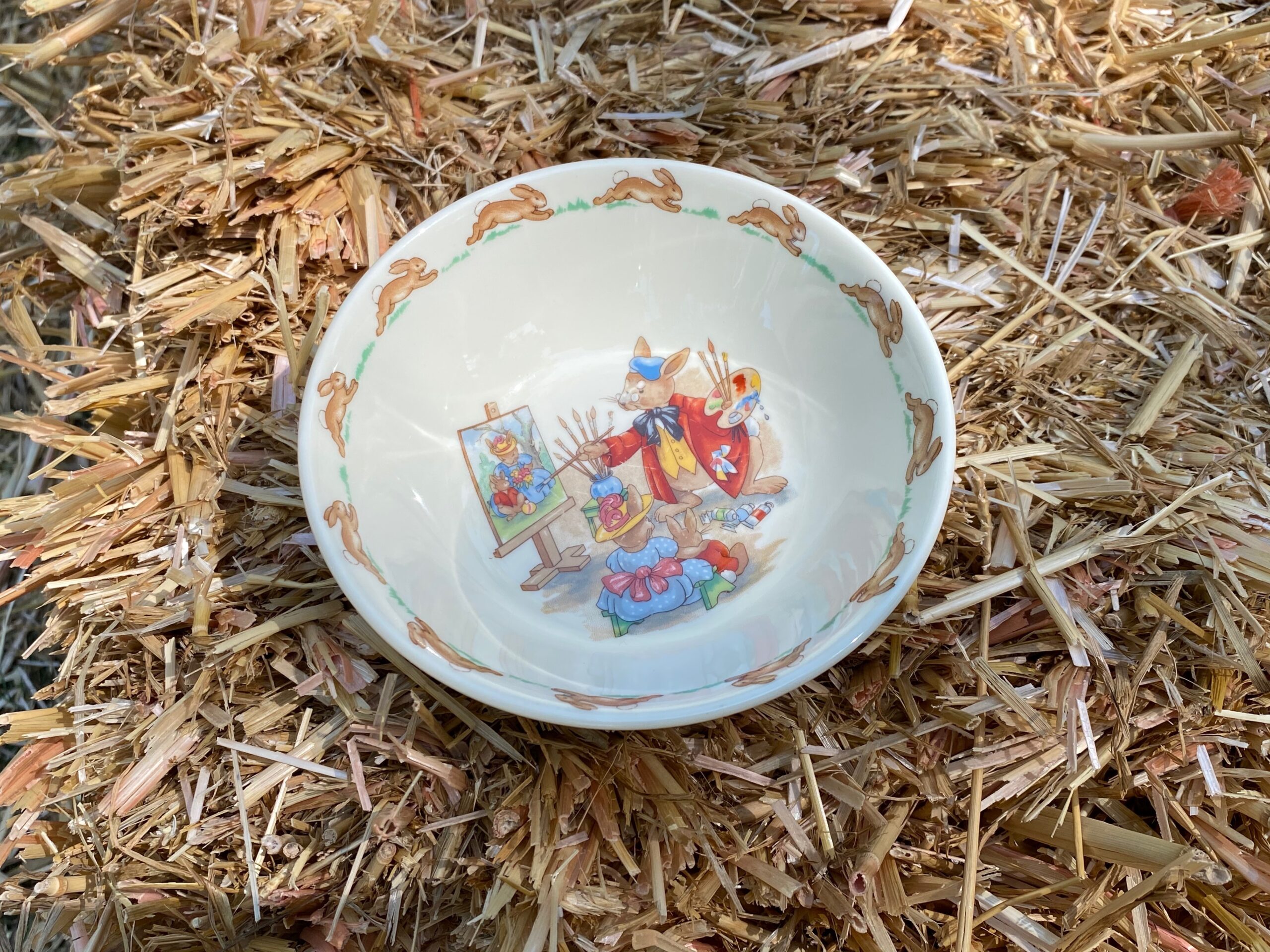

Is there such a thing as lead free or is there usually always “trace” amount of lead in a lot of products for babies and kids? For example, if something was tested by a 3rd party and found to have < 10ppm, would that be considered lead free and would it be correct to assume that that would be trace amount of lead? Or is it really possible to find something to have 0 ppm lead?
For consumer goods, it is truly possible to find Lead-free items. I have hundreds of examples of Lead-free items here on the blog. Please check out the video that shows you how to find all of the different examples: https://tamararubin.com/2020/12/how-to-use-the-lead-safe-mama-website-video/
That said, a company that says their reading is “Less than 10 ppm” could have a true negative – they just did not test down to the level of accuracy required to determine that definitively.
Tamara
I have the cup and bowl vintage artist set “bunnykins” Royal doulton. Has never been used, was getting ready to pass it on to my coming soon grandbaby. After reading what you wrote that obviously won’t be happening. Is it worth anything?
I’ve had it for 32 years and it has never been used .. thank god.
I’m responding to a post from 2021 which is a bit late BUT my point is simply that, rich or poor, a person must not sell-on something that is knowingly unsafe to humans for any reason, money included. A person cannot in good conscience pass these items off to unsuspecting others. The buck must stop here. Please…..
After diving down this rabbit hole, I am getting rid of a lot of vintage Corning and Pyrex that falls into the “for sure not safe” or suspicious categories. I’m in my 70’s so not so much for me but more for other family members feeling nostalgic and wanting to keep and use them for themselves or their children.
Most importantly, a huge thanks to Tamara and others like her for all that you do!!
Thanks for reading this.
I have contacted Royal Dolton…my Bunnykins set is from 1987. They are refusing to replace them!!
Yeah – those are not safe for food use.